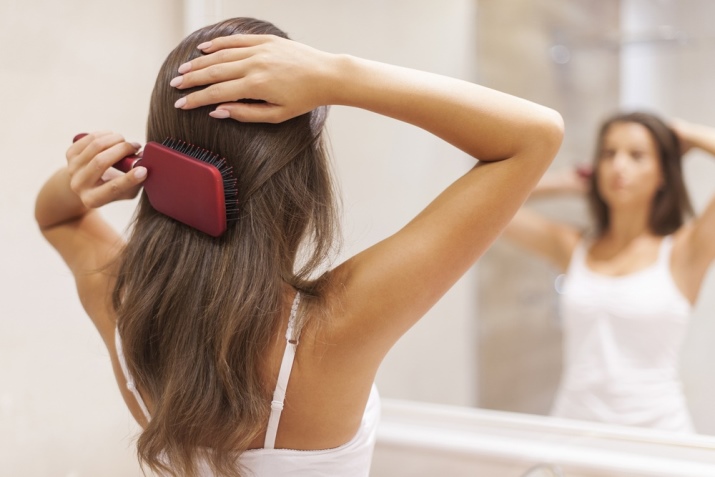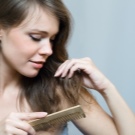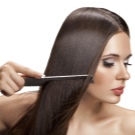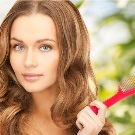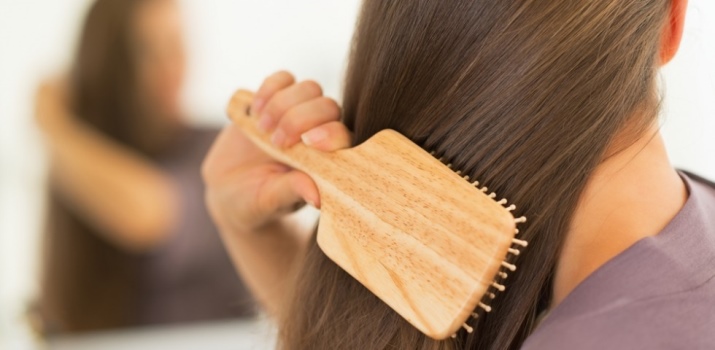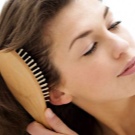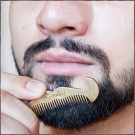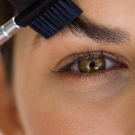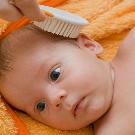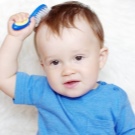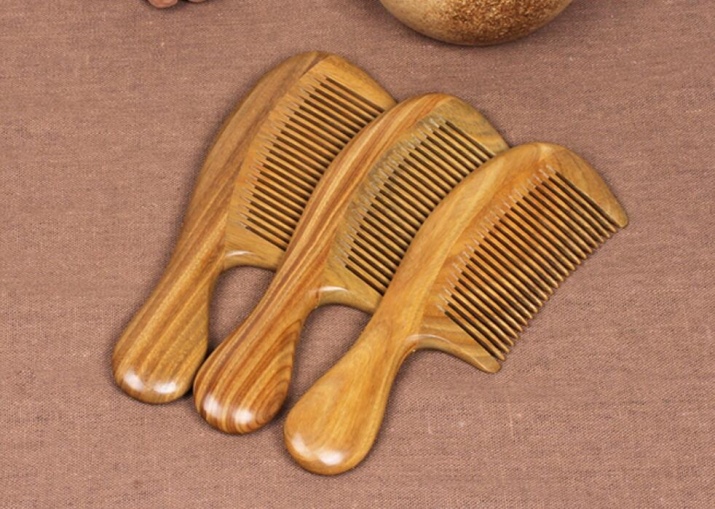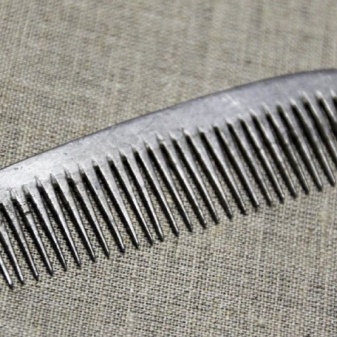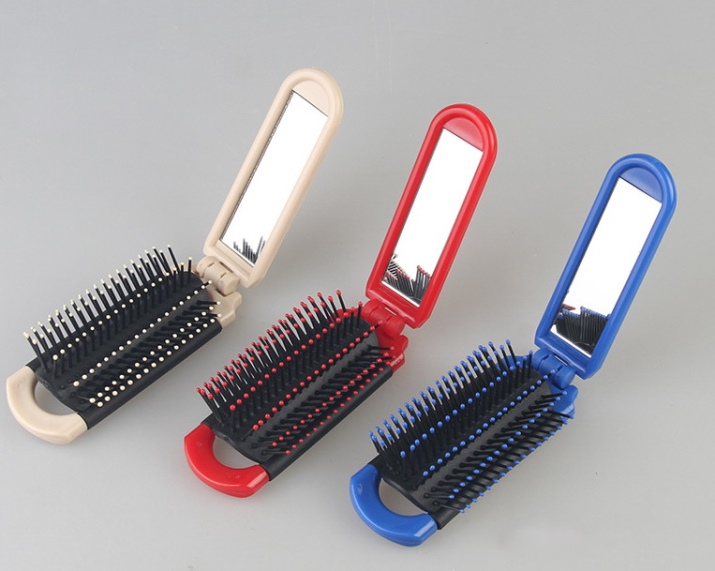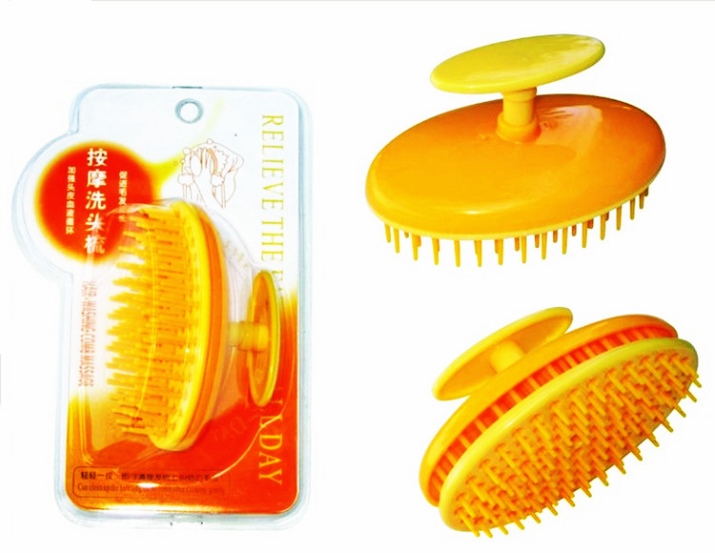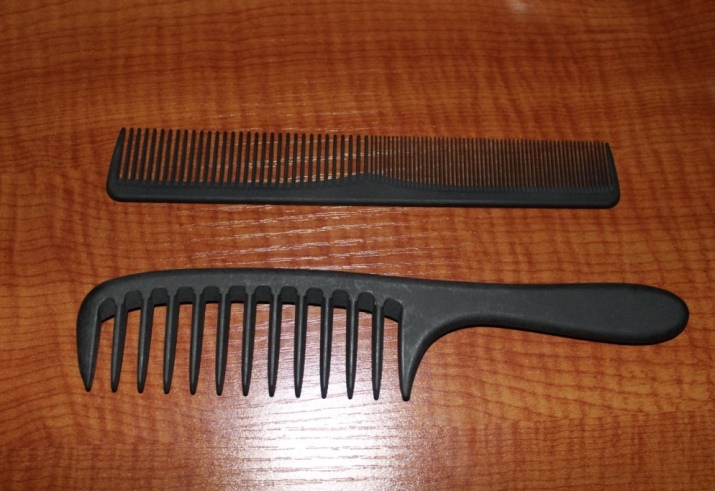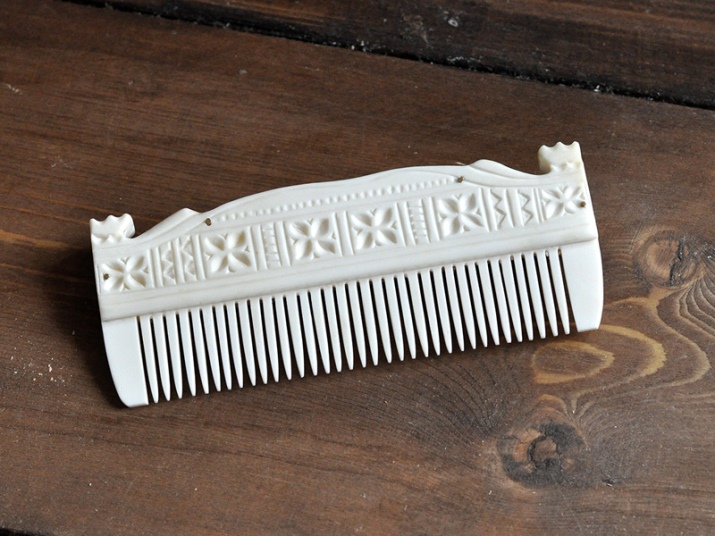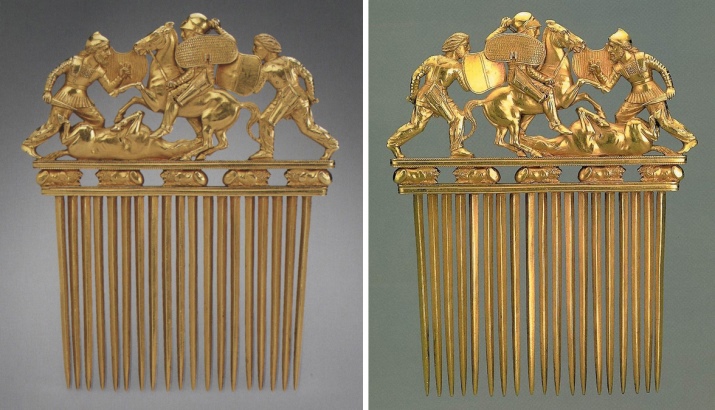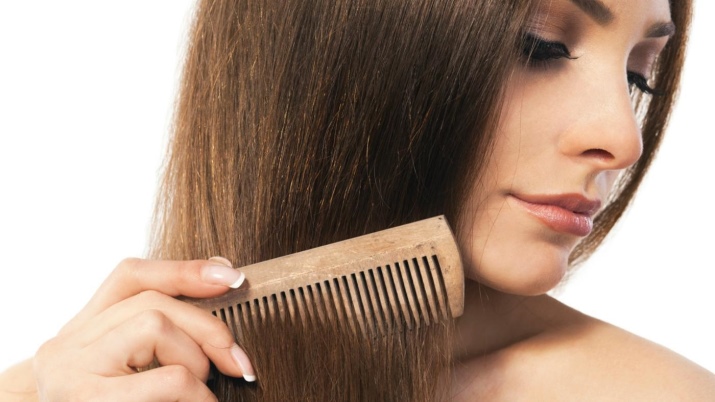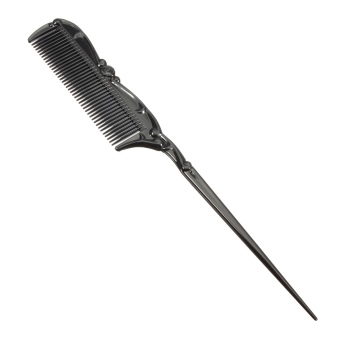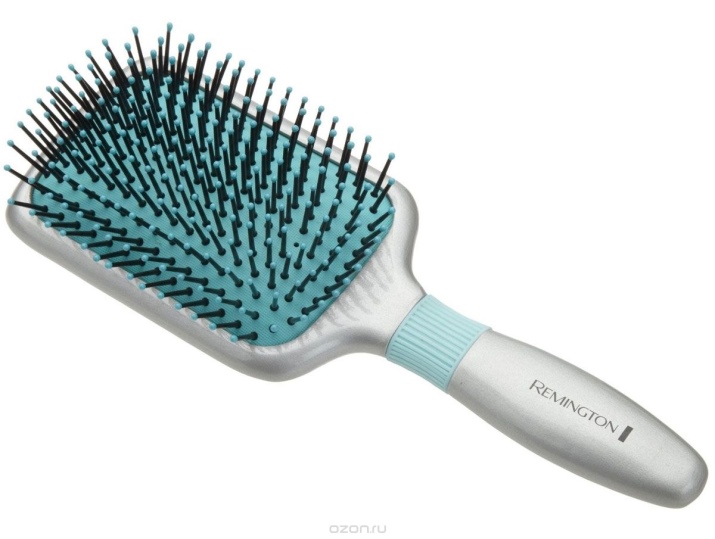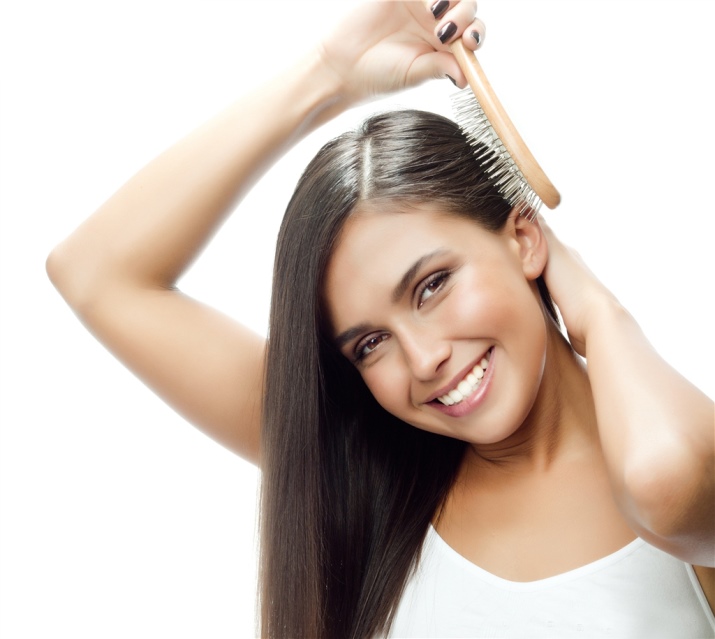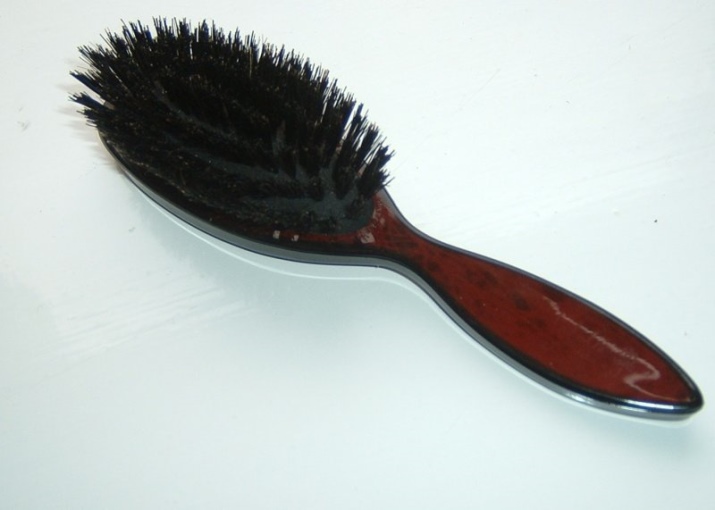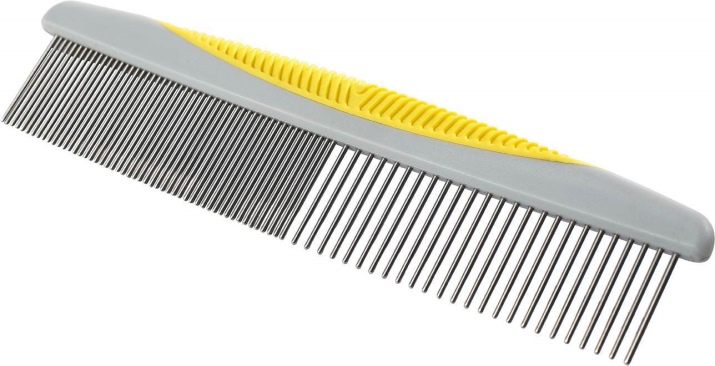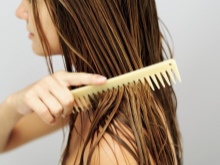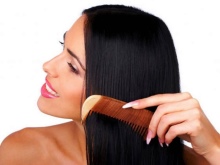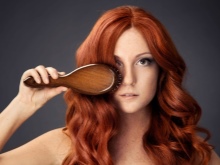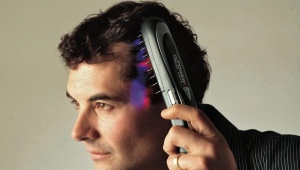Types of combs
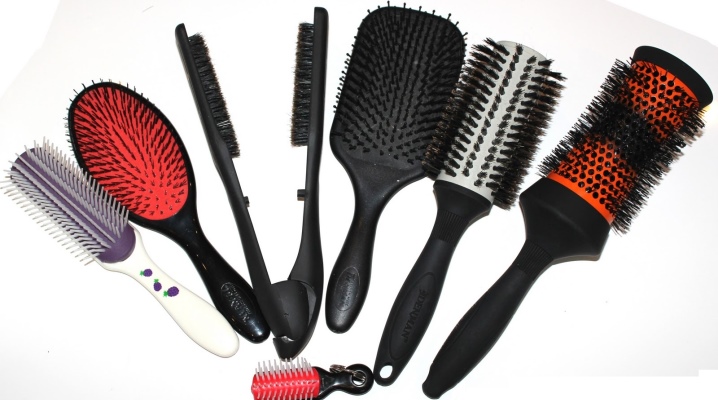
The luxurious brilliance and healthy strength of our locks depend on proper nutrition and on systematic quality care. A well-chosen comb, which is also necessary for regular drying with a hairdryer, for uniform coloring, and for twirling curls, for stylish evening styling, and for careful disentangling of wet or fluffy strands, and even banal morning brushing. Moreover, the type of comb for each type of care needs a special one. Learning to understand all their diversity and choosing the right type, length and thickness of hair is not so difficult. And the best prompter here is the comb itself, or rather, its appearance.
Types and application
All types of combs can be classified according to three parameters: material, shape and functionality. Although there are original specimens - tiny eyebrow combs and mini eyelash brashes, elegant combs for mustache and beard and scallops with mustaches for hair extensions, soft massages for stroking the scalp and gentle brushes for babies. And the design of the comb is the tenth thing. The main thing is its excellent quality and compliance with the purpose.
Materials
Qualitative wooden combs it is easy to identify by a smooth handle without chipping and cracking and a pleasant aroma. They will smell not varnish, not glue or rubberized basis for the comb, but the tree from which they are made: sandalwood, cherry, ash, juniper, beech, pine, oak, bamboo, peach or birch. The teeth are usually also made of wood or natural bristle (for example, horse or boar), which is very effective in disentangling medium-length hair and is ideal for thin and brittle, but combing thick and thick is no longer possible, and for long curls does not fit. And yet the comb of wood is loved by many for aesthetics, reliability, environmental friendliness, as well as for the fact that the strands do not electrify at all. However, they are not used in hairdressing salons, since it is impossible to process them as required by sanitary standards.
Metal combs durable, practical and not electrified at all. Good for short haircuts, dividing hair into strands and disentangling long curls. Thinning is convenient for trimming bangs, processing bitten ends and thinning thick strands. Combs made of metal suitable for hairdressing, because subject to careful processing and very functional. But with the inept use of their sharp teeth, it is possible to destroy the structure of the hair and injure the scalp, because they are contraindicated for combing thin, colored and damaged curls.
Plastic combs usually the most brittle and highly susceptible to static effects, although easy to use and maintain, sanitized, suitable for any length and thickness of hair and quite affordable. Their design and color is striking diversity. In addition, plastic-shaped combs in the form of a knife or a butterfly and girls' favorite brushes with a mirror or compact folding massages, which are like a hedgehog “with needles inside”, are most often made of plastic.
Silicone combs they are not subject to static, do not injure the scalp and the structure of the hair - after combing them, the strands glitter and gently flow. Silicone combs are not afraid of chemical reagents, because they are used in salons to help in twirling hair on curlers for chemical perm, as well as for distributing colors, masks, and foams along the strands. Silicone combs are probably the cheapest of all.
Carbon hairbrush base they are usually protected by ceramic coating, do not require maintenance, and retain excellent quality and neat appearance for a long time. In hairdressing, carbon and ceramic combs are used during dyeing or blow-drying (they are not afraid of chemicals and heat) and graduated or very short haircuts (glide through hair easily and smoothly), as well as for separating and combing strands (without static effect).
Horn and bone crests known since the time of the pharaohs and still rightly considered the most beautiful, durable and functional. A decorated with a filigree ornament and complete with a mirror and jewelry is not just a convenient and practical accessory, but also a welcome decoration for the most demanding women, and an exquisite collectible. By the way, the handle, the base for the brush, and the teeth are cut out from the bones and horns of animals.
In addition, teeth for combs are made of ebony (to eliminate the static effect), from carbon (to make the hair shine, soft and silky without the use of cosmetic preparations), from silicone (for combing curls), nylon (for weakened and thin strands) and natural bristles (for easy disentangling of thin fluffy and brittle hair and saturation of their creatine). Among the new products are silicone teeth, interspersed with microfiber in the form of soft antennae (to absorb moisture from wet hair).
And for connoisseurs of the beautiful and unique, they have long been invented painted ceramic, wrought bronze and cast silver and gold combs and combs. Those that are made of precious metals are often in a single copy and decorated with no less precious stones, gems or the owner's monogram.
Form and purpose
Each hairdresser selects for work the whole arsenal of stylish various professional hairbrushes. They always have a clear purpose and are quite expensive, because they are made of first-class materials with comfortable non-slip handles and the most smooth surfaces. Although in everyday life more than half of them are not used.
In order to independently select those that are exactly needed for daily use, styling, pile or curling, a detailed description of all ever created versions of combing tools is not required. It is enough to understand what form of comb for what is intended.
Crest - flat comb of small size with frequent or rare teeth on one or two sides. From natural (wood, bones, horns and shells of animals) or artificial materials (alloys of metals, plastic). With an oblong handle, or in the form of a long narrow tail, or completely without it. It can be hard thinning or soft for painting, as well as the discharge part of a folding comb in the shape of a knife or boomerang, beloved by men. In the form of a comb it is slightly curved and is often an ornament of a female hairstyle.
Comb-comb - one of the most ancient and still relevant. It is irreplaceable when cutting, trimming cuts, creating bouffants and uniform application of paints, oils, masks and styling products. Good for combing hair of medium length and short, with rare teeth perfectly combing and smoothing thick and long, but for tight curls uncomfortable. Frequent comb - soft and thin hair, rare - thick and tough. With a knitting needle at the end with either a narrow trident or fork shaped handle - for working with extension hair fasteners, dividing into strands and creating a parting.
Massage (Bomb) - hairbrush with a long handle and a wide base for the "pads" with a textile or rubberized coating, tightly or freely strewn with teeth of wood, metal, plastic or silicone. The standard length of teeth is -1 or 2 centimeters. The base for them is rectangular with rounded edges or oval, as well as large, small, folding and combined. It differs in the degree of elasticity - soft, medium, hard.
The good old anti-stress massage is in almost every home. Her name eloquently hints at the true purpose - always delivering pleasure from the pleasant process of stimulating blood circulation during a gentle, massaging skin, unraveling, delicious combing, careful smoothing and brilliant polishing of strands of any length, thickness and structure. One drawback - along with the bliss and goosebumps, it evenly distributes sebum to the hair and to itself, which means they will have to be washed more often, and the massages will also be disinfected.
Comb brush differs from the usual massage by the presence of natural (horse, pork or wild boar) or synthetic bristles, which thickly and gently replaces rare and hard teeth.
A brush, as its name implies, is good at combing and smoothing strands. It requires the same careful care as a massage. It is suitable for thin straight and easily confused strands, but it is completely unsuitable for thick, rigid and curly ones - the bristles of even the wildest pig in the world will not comb them.
The foundation skeletal comb with a long semicircular handle made in the form of a flat or two-convex base with different-sized or identical holes in it and with dense bristles or rare spikes of different lengths attached on one or both sides, between which hot air freely circulates from a hair dryer. She earned her nickname "fish bone" because of its similarity to the gnawed backbone of fish. It is also referred to as blown termobrashing.
Good for drying and creating volume at the roots, as well as for careful disentangling curls. Not suitable for sophisticated styling, requiring careful study and polishing with an iron or pulling with tongs. But for a quick and slightly careless - just a godsend. As for combing short haircuts or lush curls of medium length.
Semicircular hairbrush, or nine-row - It is named so because of the semicircle of its base, on which the long, thick teeth are fixed in 7 or 9 rows, located at a considerable distance from each other.
Semicircular comb easily pulled or twisted bangs and easily fit short and medium haircuts (bob and bob). Conveniently lies in the hand, but it strongly electrifies strands from plastic teeth. And if the teeth are also metal and there are no balls at the ends, then they significantly scratch the skin.
Tunnel Comb (narrow brushing) similar to a long round plastic stick, one half of which is a handle, and the other looks like a hedgehog because of attached teeth or tufts of bristles. The clever design of teeth with protective balls at the ends and a hollow base with a lot of holes for better air circulation allow the tunnel comb to overheat too much and not to injure the skin and hair.
A tunnel comb is ideal for twisting curls and creating an impressive volume at the beginning of hair growth, although it is not always convenient for daily use (long strands cling and get confused). With a small diameter, it is indispensable for twisting thin, tight curls on medium-length hair and modeling bangs. If under a light jet of a hair dryer, the bangs are screwed on such a comb and slightly pulled, while slightly lifting upwards, it will be fluffy, and if you pull forward and slightly downward, it is a straight line.
Cylindrical comb (brushing) similar to the tunnel, only significantly exceeds its diameter. Perfectly heated ceramics and metal bases with thin steel, synthetic or combined teeth are good for curling curls along the entire length. And natural brush bristles miraculously create basal volume and twist the ends of the strands in or out.
The diameter of the cylindrical comb is matched to the length of the hair - the shorter it is, the narrower the brushing and the tighter the curls. The density of the bristles - to the structure of the hair: the thicker they are, the less often and longer need teeth, and vice versa.Luxurious large waves and a noticeable volume will help create a large-diameter brushing. It is enough to wind the strands neatly, dry it with a hairdryer, gently release it from the comb and brush your head a couple of times - and the magnificent lion's mane is ready.
But such beautiful brashes in all respects have one major drawback - they are not easy to keep clean (especially metal): the remnants of skin and fat, as well as lost hair and settled dust are scrubbed from their tiny bristles with great difficulty even under great water pressure.
Comb Comb universal, necessary for all who have hair. The best incarnations are made of carbon or silicone.
Its two-sided blown base with alternating frequent and sparse stiff spikes with safety balls at the ends is excellent both in daily brushing and in hot or cold styling.
How to choose
- Thick hair is better combed by different-sized teeth of the combined combs.
- For fine fluffy and curly hair, there is nothing better than massages with soft natural bristles and wire and plastic teeth are extremely contraindicated.
- Oily hair is best combed with wooden combs.
- A tight curls, brittle or wet strands fit scallops with widely spaced teeth or soft massages.
You can learn more about the varieties of combs in the following video.
